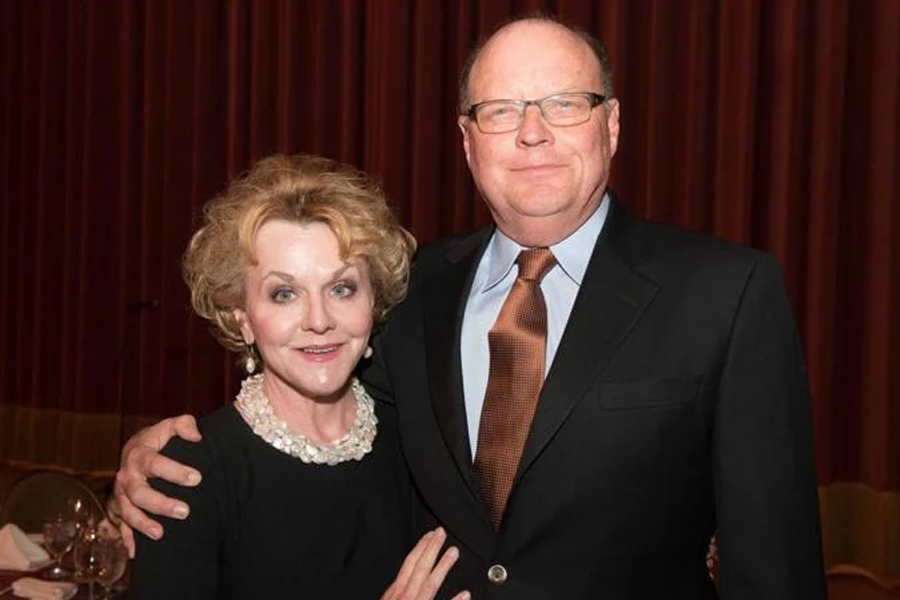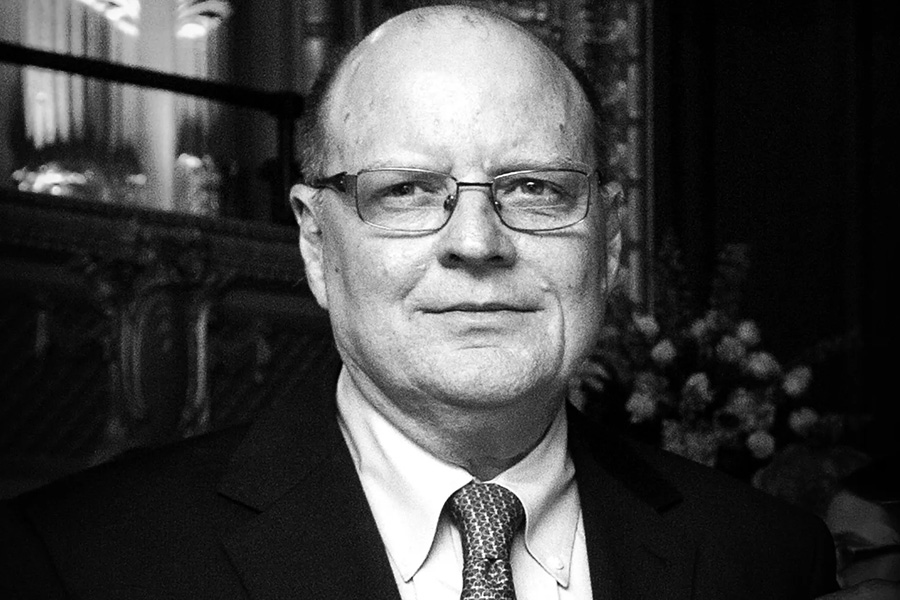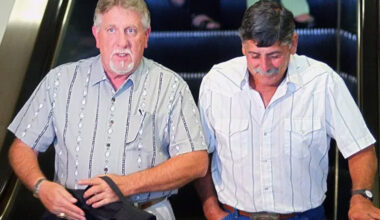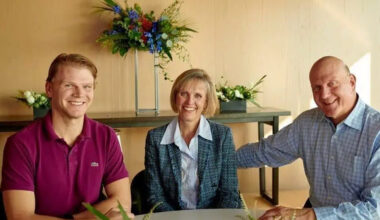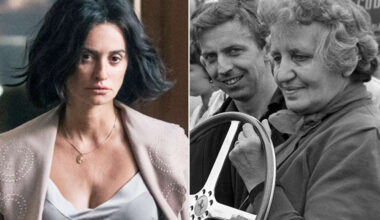Basic Information
| Field | Detail |
|---|---|
| Full name | Roland Theodor Achilles von Kurnatowski Sr. |
| Birth | November 29, 1912, Bluefields, Nicaragua |
| Death | August 18, 1996, New Orleans, Louisiana, USA |
| Heritage | Polish-Nicaraguan; family tradition links to Polish szlachta (nobility) |
| Migration | Emigrated to the United States circa 1930s |
| Residence | New Orleans and the Northshore (Louisiana) |
| Occupations | House painter, contractor |
| Known for | Immigrant resilience; founding a children’s transplant foundation (1985); father of comedian Theo Von |
| Marital history | Multiple marriages, including to Gina Capitani in the 1970s |
| Children | At least six, including Roland Jr., Joan, Zefferino (“Zeff”), Theo Von, two daughters (one died young) |
| Cause of death | Cancer (reported) |
| Resting place | Metairie Cemetery (New Orleans) |
Early Life and Heritage
Roland Von Kurnatowski Sr. was born in 1912 in Bluefields, a humid port on Nicaragua’s Mosquito Coast, where jungle heat and Atlantic squalls carve a hard edge into daily life. Family lore and genealogical research trace his roots to the Kurnatowski line of Polish szlachta, a noble thread woven far from the mahogany forests and Anglican parishes of the Atlantic coast. His father is remembered as a Polish missionary who settled in the region in the early 1900s; his early death around 1918 left the family to navigate upheaval and lean years.
Records from his first decades are sparse—common for the era and locale—yet the broad outline is clear: by the 1930s, Roland left Nicaragua for the United States. He gravitated to New Orleans, a city whose polyglot rhythms would have felt familiar. There, he exchanged the echo of heraldic tradition for the thrum of ladders, lead paint, and Catholic parishes, beginning the long, practical chapter that defined his American life.
Family and Personal Relationships
Roland’s family story is sprawling, with the patched seams of migration, remarriage, and the tough compromises of working-class survival. He married more than once and raised at least six children across blended households. The generational gap with his youngest son, Theo, was striking: Roland was 67 when Theo was born in 1980. Their bond—distant yet formative—filters through Theo’s stories as a mosaic of old-world habits and stoic provision.
| Name | Relation | Years | Notes |
|---|---|---|---|
| Theodor (or Wilhelm Leo) von Kurnatowski | Father | c. 1880–1918 | Polish missionary in Central America; died young, shaping family fortunes. |
| Lillian Maud “Lily” Clark Whittier | Mother | c. 1880s–? | American-born; associated with Bluefields and, later, the U.S. |
| Gina Capitani | Wife (later marriage) | b. c. 1948 | Illinois-born; mother of Theo and his full siblings. |
| Roland Theodor Achilles Jr. | Son (from earlier marriage) | 1951–2019 | New Orleans developer; owned Tipitina’s; died in Mississippi; career later clouded by litigation and financial controversies. |
| Joan (Hooper/Fiebelman) | Daughter (from earlier marriage) | c. 1950s– | Artist; involved in legal disputes related to family real estate matters. |
| Zefferino “Zeff” | Son (with Gina) | b. c. 1978 | Private life; Louisiana-based. |
| Theo Von | Son (with Gina) | b. March 19, 1980 | Comedian and podcaster; often recounts life with an elderly father. |
| Daughter (name withheld) | Daughter (with Gina) | c. 1982–1985 | Died around age three; her loss spurred Roland’s pediatric transplant advocacy. |
| Additional daughter | Daughter (with Gina) | b. c. early 1980s | Name private; part of the blended household. |
The family’s internal geography was complex—half-siblings bridging decades, parents and children separated by age gaps and differing expectations. Yet episodes of crisis knit them together, especially after the mid-1980s death of a young daughter, an event that left a lasting groove on everyone’s lives.
Career and Philanthropy
Roland’s career was rooted in the trades. By the 1940s and 1950s he had established himself as a house painter and contractor in and around New Orleans, the kind of craftsman who kept shotgun doubles dry and Creole cottages standing straight. He worked with his hands for decades—steady, unglamorous labor that supported a large family through economic mood swings and the slow modernization of the city’s old neighborhoods.
The defining turn came in 1985. After losing a child to illness, Roland helped launch a children’s transplant foundation to assist families facing medical and financial crises. The effort was modest, local, and personal—born from grief and focused on practical help. It did not make him wealthy or famous, but it did distill his life’s ethos into public action: take the blow, then build something useful for the next family in line.
Financially, his household reflected working-class realities. There is no credible indication of significant inherited wealth or large fortunes. The “von” in his name, with its Old World resonance, never translated into New World luxury. What endured were paint flecks on work pants, a reputation for reliability, and a charitable impulse sparked by loss.
Recent Mentions and Cultural Echoes
Since his death in 1996, Roland has returned to public attention largely through the rising profile of his youngest son, Theo. Beginning in the 2010s and cresting in 2024–2025, podcast anecdotes and stand-up routines reframed Roland as a vivid character: the elderly dad with a century-old worldview, the stiff-backed immigrant who prized self-reliance. Online threads have probed his aristocratic lineage, debating what the “von” truly meant against the unvarnished facts of blue-collar life in Louisiana.
No major controversies attach directly to Roland himself. Family discussions of scandal center on later events tied to his adult children, particularly Roland Jr., whose death and legal troubles drew local headlines. In contrast, the elder Roland’s reputation reads as austere and private—humble work, family worries, and a late-life push to help sick children.
Extended Timeline
| Year | Event |
|---|---|
| 1912 | Born November 29 in Bluefields, Nicaragua. |
| 1918 | Father dies during the global influenza pandemic; family’s circumstances shift. |
| 1930s | Emigrates to the United States; settles in New Orleans. |
| 1940s–1950s | Works as painter/contractor; early marriage and first children. |
| 1951 | Birth of son Roland Jr. |
| 1970s | Marries Gina Capitani; blended family grows. |
| 1980 | Birth of son Theo (March 19); Roland is 67. |
| 1982–1985 | Birth and death of a young daughter; family grief becomes a turning point. |
| 1985 | Helps establish a children’s transplant foundation to aid families in crisis. |
| 1990s | Continues working and aging in New Orleans; cancer diagnosis reported. |
| 1996 | Dies August 18 in New Orleans at age 83; buried in Metairie Cemetery. |
| 2019 | Death of son Roland Jr.; renewed attention to the wider family’s story. |
| 2024–2025 | Social media and comedy audiences revisit Roland’s heritage and life via Theo’s storytelling. |
Character and Home Life
Roland’s persona comes into focus through small details: an outdoorsman’s patience, a handyman’s thrift, a father’s measured reserve. He hunted and fished, tinkered and repaired, told stories that smelled of turpentine and rain. He could seem distant—especially to a son born when he was already elderly—but the structure he provided became a skeleton key for his children’s grit. In a family that absorbed both tragedy and triumph, he was the quiet center of gravity.
The Immigrant’s Exchange: Crest for Calluses
He traded the echo of heraldic halls for the clatter of scaffolding, the shine of a family crest for the gloss of a newly painted weatherboard. In this swap is the essence of the American experiment: ancestry as ballast, not anchor. A man with European titles in his tree set the ladder against Louisiana wood and climbed, rung by rung, on behalf of his children. And when loss split the household, he chose to build something that might spare other families the same fall.
FAQ
Was Roland Von Kurnatowski Sr actually of Polish nobility?
Family history and research suggest ties to the Polish szlachta, though the practical impact of that lineage in America was minimal.
When and where was he born?
He was born on November 29, 1912, in Bluefields, Nicaragua.
What did he do for a living?
He worked primarily as a house painter and contractor in New Orleans for decades.
How many children did he have?
At least six, across multiple marriages, including Roland Jr., Joan, Zeff, Theo, and two daughters.
How old was he when Theo Von was born?
He was 67 years old when Theo was born in 1980.
Did he start a charity?
Yes, in 1985 he helped found a children’s transplant foundation following the death of a young daughter.
Was he wealthy?
No reliable evidence points to significant wealth; his life reflects working-class stability.
Did he have any major controversies?
No; later controversies involved adult children, not Roland Sr. himself.
When did he die and where is he buried?
He died on August 18, 1996, in New Orleans and is buried in Metairie Cemetery.
Why is he discussed today?
His life resurfaces through Theo Von’s storytelling, which highlights both his old-world heritage and blue-collar American reality.
